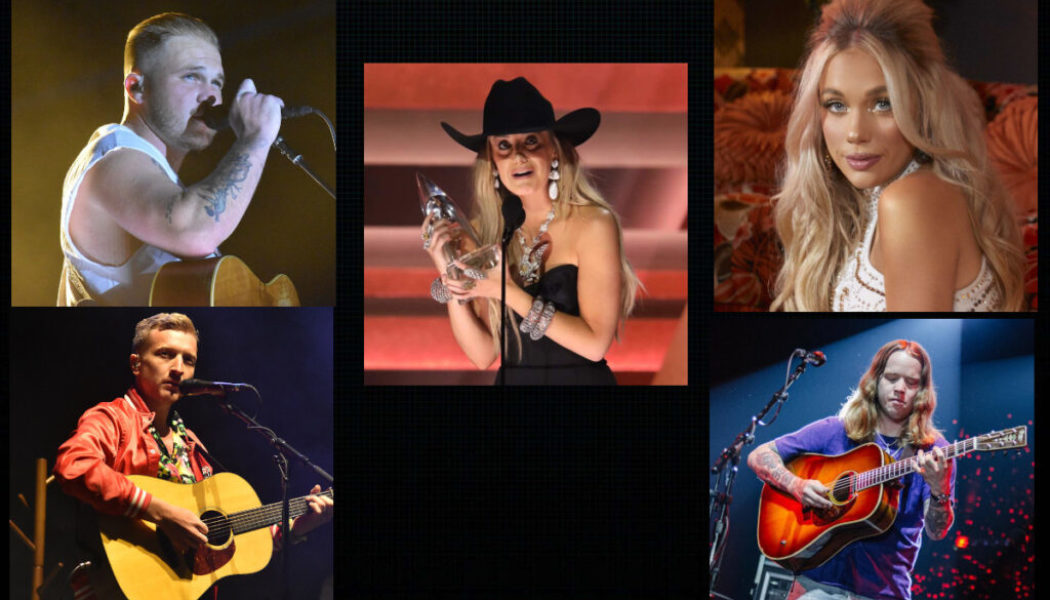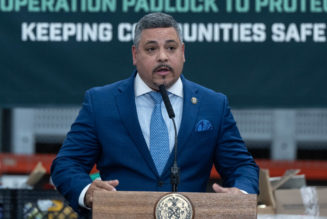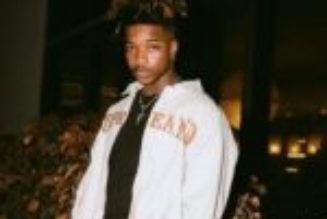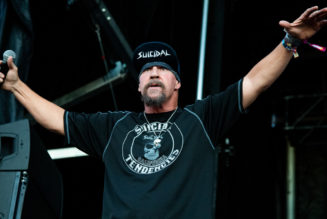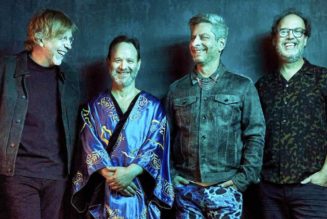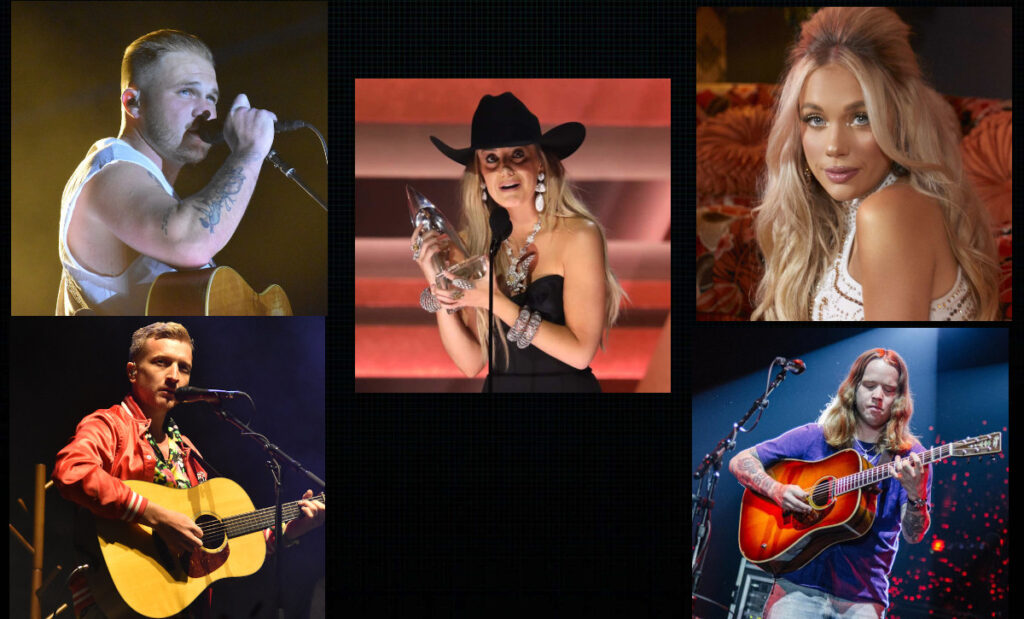
When Saving Country Music was founded in the spring of 2008, the world of country music was significantly different than the one we live in today. In the mainstream of country and on major labels, most artists had little or no creative freedom, and the only outlet for their music was radio, which was ruled by an insular oligarchy of old guard gatekeepers.
It was trying to help Hank Williams III get out from under an oppressive contract with Curb Records that specifically inspired the founding of Saving Country Music, to offer advocacy for artists and to be an industry watchdog. When a much more high-profile fight between Curb Records and Tim McGraw ensued shortly thereafter, the importance of this work came into sharper focus for many, and it exposed how these issues were much more prevalent than the public knew.
At the time, “360 deals” were all the rage on major labels, which took percentages of merch and touring purses from performers for the privilege of being on the label. And with few alternatives, many performers had no choice but to sign these intrusive deals, along with signing their master recordings away. Other artists were stuck in what was called the “artist protection program,” where their careers were virtually ignored by the 40-hour a week staff of major labels for the more financially lucrative performers on the roster, banishing their careers to a musical purgatory.
And this speaks nothing to the way producers still had significant control over what performers recorded in a system that was implemented in country music starting in the 1950s, we challenged significantly by The Outlaws of the mid ’70s, but by the ’00s was back in control of how country music was made. This resulted in popular country music becoming safe, boring, and more more pop-oriented than in previous eras, ultimately resulting in the rise of Bro-Country.
It’s not that some of these concerns still don’t linger throughout the country music industry, especially in the mainstream. But now performers have many more options. You don’t have to be on radio or signed to a major label to be successful. Social media and streaming allows you to go direct to consumers. Things have opened up so much, you now have independent artists signing to majors left and right, and to deals that include complete creative autonomy, and usually through an artist’s own imprint so they maintain control of their masters and publishing.
When Saving Country Music started in 2008, there was no significant independent country music infrastructure to speak of. There were alt-country semi stars in the burgeoning Americana scene, Texas country acts like Pat Green flirting with Nashville, and the underground, which offered only bare bones sustainability for an artist signed to Bloodshot Records, for example. Maybe you could get booked at a folk festival and find your way on the local club circuit, but that was about it.
Now there are numerous independent artists are out there selling out arenas and stadiums. There are mega-festivals specifically catered to independent country artists and fans all across the United States. Non-radio country artists are topping the Billboard all-genre Hot 100 while minting Gold and Platinum singles left and right. And none of this even mentions how in both the independent and mainstream world, quality songs and more country-sounding music is finding significantly more traction and popularity than any other time in the last 25+ years.
Meanwhile, with the explosion of interest in country music’s back catalog—especially when it comes to ’90s country stars—the country legends that in previous eras were regularly ignored or forgotten are finding a second wave of interest and support. There are now multiple festivals that cater to ’90s country with both young and old patrons participating. Respect for the roots of country music and the artists that came before is on the rise.
Even the Grand Ole Opry has gotten in on the game. Where in previous eras, Opry debuts were handled with severe austerity, now worthy entertainers are getting the opportunity to brag to their parents and grandparents they’ve played the Opry left and right, and the increase of Opry shows has allowed the legends of the Opry stage to not get shuffled off for newer talent, while the institution has experienced a revitalization overall.
Taking a step back and zooming out, it’s an entirely different setup in 2024 compared to when Saving Country Music was founded going on 16 years ago. Zooming even further out, country music has never been more popular in popular music than it was in 2023, thanks to artists like Zach Bryan and Luke Combs, who are significantly more country and quality compared to the superstars of the previous decade-plus. Even Morgan Wallen includes traditional country songs as part of his repertoire.
It all begs the question, “Has country music been saved?”
In a nutshell, yes and no. Unquestionably, achieving the goals Saving Country Music originally set out to accomplish—namely creative freedom for artists, equal opportunities for independent artists, and fair treatment and respect for country legends and the genre’s roots—has made country music a better and more open place than we have seen in decades.
Don’t misunderstand this as saying it’s this website that’s solely or even significantly responsible for this progress. Perhaps some minor role was played, but it’s been the talent of independent artists, the advent of important technology, the fervent nature of independent fans, and the trends moving in the right direction in country that are most to blame.
When country music consumers were exposed to more choice, they made better choices. This is all Saving Country Music had been agitating for over the years—a seat at the table for independent artists to be given equal opportunities to their mainstream counterparts. Turns out people like country music that sounds country and speaks to something deeper than the radio hits, and in increasing numbers.
That doesn’t mean that every artist is receiving the attention or opportunities they deserve, or that the industry doesn’t still have demons lurking in the dark recesses of Music Row. Since making music is an elective occupation, not everyone who wants to play country music is going to be able to. Some worthy independent artists who commenced their careers before the current wave of interest have been unfairly locked out of this trend. But it’s still never been easier for deserving artists to find fans.
However, anyone who’s studied country music history knows that the music moves in cycles. At times, twang and country-sounding songs are all the rage, kind of like the moment we exist in right now, while the rosters of labels and booking agents are open and inviting, looking for new and interesting performers. But as soon as revenue peaks, the commercial forces of control will come rearing back and try to retake the power from performers amid cost cutting measures and other bean counting priorities.
And it’s not like the lingering effects of Bro-Country and pop country aren’t still present when you turn on mainstream country radio. In fact, radio and its insular nature and the lack of representation of women remains a serious problem. But with so many alternatives to radio, it’s an isolated concern as opposed to the prevailing one for the entire format like in years past. At this point, you can almost ignore mainstream country radio entirely, while podcasting, playlists, and independent radio are on the rise, and serving the public’s interest better by bucking the Top 40 format.
When you even have country radio performers like Kelsea Ballerini putting out better, and more country-sounding songs, and platinum blondes like Megan Moroney releasing traditional-sounding records, it speaks to the significant shift in country’s sound and approach. The positive gains for country music at the moment are being felt across the board.
So where does this leave a website like Saving Country Music? What I don’t want it to be is like that mercenary who only knows how to do one thing: fight. When you become a hammer, the whole world looks like a nail, especially when negativity is rewarded via public attention and social media algorithms, and positivity and truth is often buried. We’ve seen this with some of the activist journalists and academics who’ve decided that country music is fertile ground for influencing the American electorate in their favor.
In the last few years, battling the outright non-factual information certain activists in the media regularly forward as part of their underhanded agendas has been an unfortunate obligation in the effort to save country music.
The achievements of country music’s Black and Brown performers, women, and LGBT artists have suffered erasure as these individuals from elite circles outside of the country music community look to portray country music as more closed off than it actually is. They often feel the need to be adversarial to garner attention via social media. The more racist, sexist, and homophobic they can portray country music, the more attention they can bring to themselves and their media brands—while statistical certitude proves representation has never been better in country music and it’s heading in the right direction, even if much more still could be done.
Still, these activists will focus on country radio playlists as opposed to the actual population of country performers to certify their purported claims. They’re holding on to country radio’s supposed relevance even tighter than the mainstream major label industry, which in many respects has already moved on themselves. Every forward-thinking individual in country music is eying a future beyond corporate radio. Tik-Tok is more relevant at this time than Top 40 country radio.
The cancellation attempts against Morgan Wallen, Jason Aldean, Oliver Anthony, and others were not just ineffective, but clearly counter-productive. And as Saving Country Music tried to point this out in real time, accusations of racism and political bias against this website flew. Now after this political project of activists embedding themselves into country music has clearly failed, we’re seeing a pull back even from these deleterious forces.
What many of these activists and academics have right is that country music should be a place where every performer feels welcome and invited, and given equal opportunities to succeed. But those performers still need to be country. Importing pop and hip-hop stars to satisfy some arbitrary percentage of performers from marginalized classes does not solve this problem. If this effort to make country music more inclusive is to mean anything, the music still has to be country. Otherwise, any success is purely symbolic.
Though the representation for women on radio remains low, the rising tide of more-country artists doesn’t just include a greater share of women, it’s being led by them. As performers like Lainey Wilson, Megan Moroney, Carly Pearce, The Castellows, Ashley McBryde and others rise in popularity, so does the quality and country-ness of country music. Lainey Wilson’s recent win at the CMAs for Entertainer of the Year was a massive achievement in the right direction.
But even as we celebrate these achievements, the concern that country music could morph into some sort of right-wing format like it did in the post-9/11 aughts is a fair one. It goes without saying that with country music’s rural appeal, it’s always going to have a more right-leaning alignment. But it should also be a place that is welcoming to everyone, and ideally, free from political polarization of any sort, and instead be a place where people can come together and appreciate the music and the universal truths that country music is so good at communicating.
When you see outright politicians and political influencers get involved in the explosion of interest Jason Aldean’s “Try That in a Small Town” and Oliver Anthony’s “Rich Men North of Richmond,” it’s just as troubling as seeing left-wing academics coming in an attempting to influence the direction of the country industry. Luckily, Oliver Anthony later came out and rejected the political framing of his music, bucking the political binary.
Politics will always be some part of country music. But when it’s predicated more on class and the plight of rural people, this is when social causes will be more authentic to country music as opposed to pandering to constituencies, or the music being made into a political football by dubious influencer types. Country music has the capability of healing divides and representing the under-represented from America’s rural and working class population when done right.
Heading into a year with a Presidential election, the concerns for the political polarization of country music might become even more exacerbated. But it doesn’t feel like that is the direction the music is headed. It feels like the trend is for people to want to use music to get away from the political polarization, while more and more Americans are rejecting the political binary altogether, questioning the two-party duopoly, and instead are adopting the type of populism that has been at the heart of so many country songs from artists ranging from Merle Haggard to Steve Earle for many decades.
When you put all of these various concerns and accomplishments in a big pile, it’s hard to not conclude that country music has been “saved” at least somewhat in the present tense. Country fans who’ve cared about the music and the health of it beyond their own listening habits should be patting themselves on the back, as should the performers who’ve been the ultimate piledrivers of the movement, breaking down barriers, shattering glass ceilings, and achieving things we never thought possible in 2008.
But complacency can also be a problem. Along with the work that still needs to be done, the cyclical nature of country music is likely to come back around, once again attempting to arrest control from performers, and trying to figure out how to usurp more revenue from them to feed the insatiable appetite of the corporate machine to show increasing profits.
But instead of constantly fighting, we should also be celebrating. As opposed to always complaining, we should be grateful. You’re living through a time when country music is on top, and it’s through earnest songwriters like Zach Bryan, generational talents such as Billy Strings, and authentic voices like Tyler Childers.
All these artists aren’t just headliners in the independent world of country, they’re headliners in the mainstream as well, while mainstream performers like Luke Combs are booking bands like The Wilder Blue and Red Clay Strays as openers. Lainey Wilson is touring with traditionalist Zach Top opening for her in 2024. None of these performers might be a country music traditionalist’s top favorite artists. But they’re all unarguably better than the Bro-Country acts of the 2010s.
Future generations will look back on this era with gratefulness and envy, just like many do to the age of The Outlaws in the ’70s. But not only are you getting to live through it, if you bought an album, went to see a performer on a Tuesday night, bought a T-shirt at the merch table, told your friends about your favorite artists, you participated in this revolution. And if you made it all the way to the end of this diatribe, most likely you’ve done all of these things at some point.
All of this didn’t happen with the help of the country music industry. It happened in spite of it. It was the grassroots of independent fans rising up to prove the viability of independent country music that has put it on top.
Now it’s the job of all of us to keep it there.
